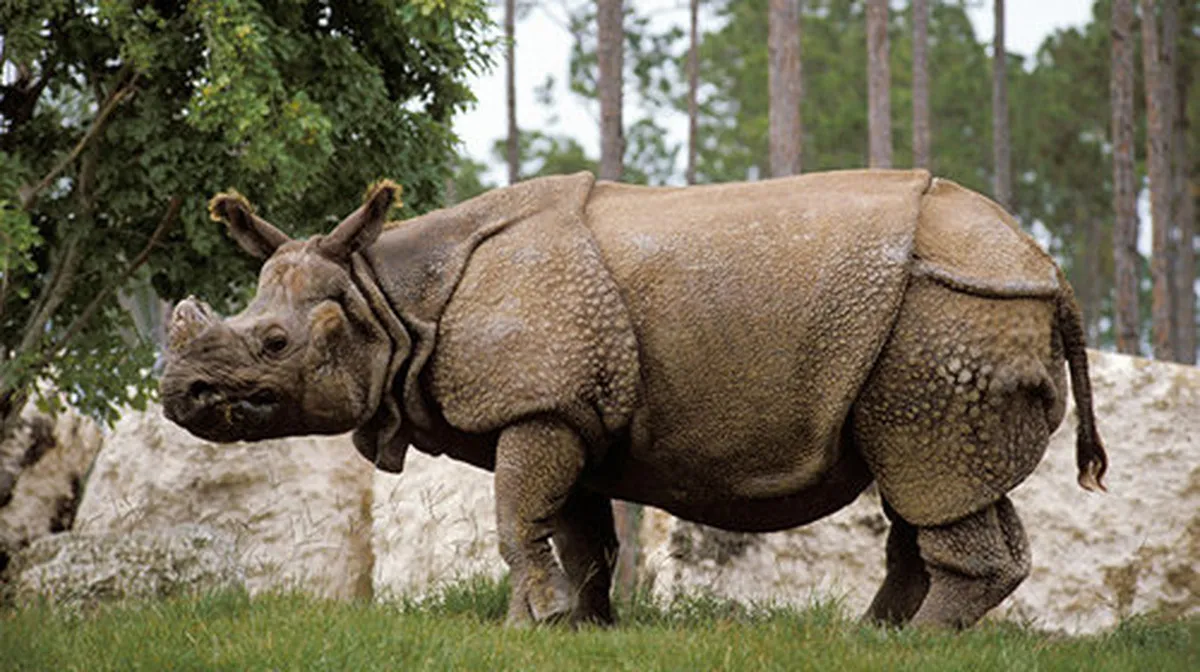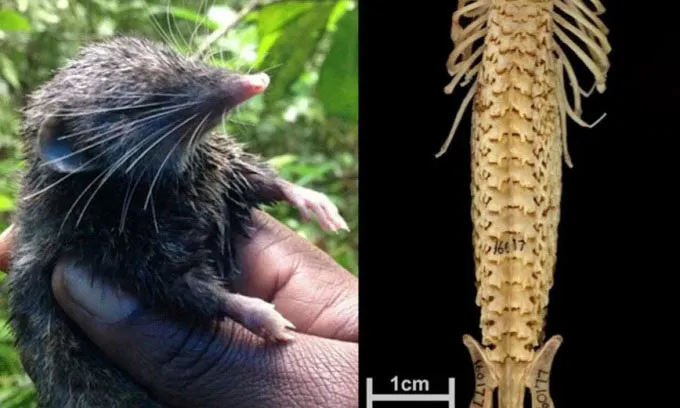
The Animals with the Strongest Bones
While larger animals tend to have bigger bones to support their massive bodies, some smaller creatures also possess extraordinarily strong skeletons.
The largest skeleton of any living animal today belongs to the blue whale (Balaenoptera musculus), but their bones are neither the densest nor the strongest. Their low-density bone structure increases buoyancy, making it easier for them to surface and breathe after deep dives.
However, the situation is different for land animals. Without the support of water, terrestrial giants undergo significant structural changes in their bones to grow larger. One of the largest land animals in history was Patagotitan mayorum, an extinct dinosaur species. Measuring an estimated 37 meters in length and weighing about 70 tons, its bones had to be particularly robust to support such a colossal body.
In the animal kingdom, the femur (thigh bone) often showcases incredible strength, but which animal boasts the strongest bones?

A potential contender is the rhinoceros. Evolutionary biologist Ben Garrod, a professor at the University of East Anglia, explained in the BBC documentary series “Secrets of Bones” that “a rhino’s femur can withstand compressive forces of up to 109 tons.” Garrod arrived at this conclusion by extrapolating from data on the European roe deer (Capreolus capreolus). Despite standing only 75 cm tall and weighing around 25 kg, tests at the University of Bath showed that the roe deer’s slender femur could endure compressive forces of up to 1.7 tons before breaking.
Other formidable contenders include the hero shrew (Scutisorex thori) and the lesser-known hero shrew (Scutisorex somereni), which inhabit Central African forests. Despite their small size, these animals have uniquely strong spines.

The human spine plays a crucial role in supporting the head, protecting the spinal cord, and safeguarding important blood vessels that connect to the brain. It is incredibly resilient—neurosurgeon Marc Otten estimates that it takes a force greater than 3,000 newtons to fracture the cervical spine. However, even this strength pales in comparison to the spines of the two small shrew species mentioned earlier.
The hero shrew and the lesser-known hero shrew are among the few mammals known to have interlocking vertebrae. The difference becomes evident when comparing their spines to that of a white-toothed shrew (Crocidurinae). In a study published in Proceedings of the Royal Society B in 2020, Stephanie Smith, a specialist at the Field Museum of Natural History, and her colleagues analyzed the 3D structure of these animals’ bones. Their findings revealed that the vertebrae are unusually dense and tightly packed. Their spines also feature multiple brace-like structures that enhance their durability.
The strength of the hero shrew is said to have astonished American and European explorers in the 1910s when the Mangbetu people of Congo demonstrated that a full-grown man could step on these animals without causing injury. Scientists are still unclear on the exact reason for their remarkably strong spines, but one hypothesis suggests that their sturdy spines allow them to curl and stretch their bodies to break apart wood while foraging for food.



